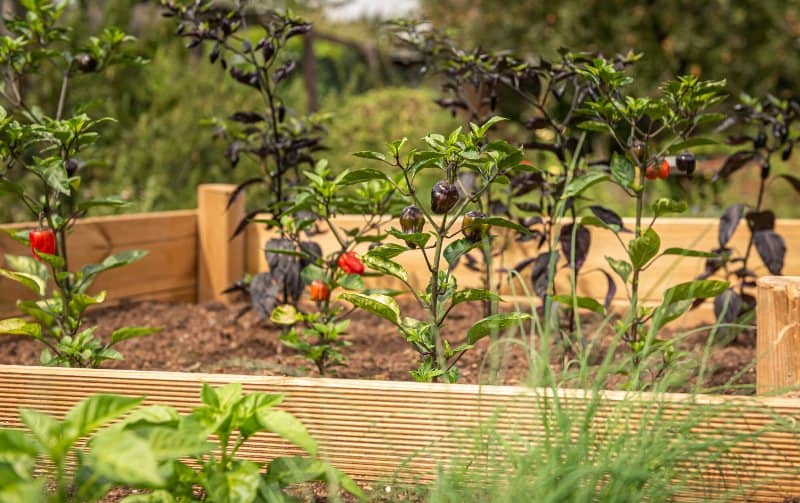Can I Buy Plants with SNAP? A Guide to Growing Your Own Food
The Supplemental Nutritional Assistance Program (SNAP) has over 38 million US participants. That means that 1 in 9 people use a SNAP EBT card. Are you one of them?
Then you may be wondering: can I buy plants with SNAP? Yes! You can purchase seeds and some plants with your SNAP benefits card.
We’re bringing you this guide to help you find out the plants and seeds you can buy with your SNAP card, where to purchase them, and how to start your very own home garden.

Which Plants Can I Buy With a SNAP Card?
The Food Stamp Act of 1977’s Section 3 (g) (2) specifies that EBT cardholders can purchase plants with their benefits. The Food and Nutrition Act of 2008 also states that SNAP participants can buy seeds and plants.
But exactly which plants can you buy?
Vegetable and Fruit-Bearing Plants
People who are eligible for SNAP can purchase and grow any plant that produces edible foods. This includes vegetable plants and fruit trees. Other edible plants you can buy are food-producing roots, bulbs, and bushes.
Examples of vegetables you can buy with EBT include potatoes, squashes, and greens. Apple trees and berry bushes are allowed under the Food Stamp Act’s rules, too. You can also purchase and grow asparagus roots and bulb vegetables like onions and garlic.
Plants Producing Edible Herbs and Spices
SNAP recipients can also buy plants that produce edible herbs and spices.
Anise, cumin, and dill seeds are all edible spices produced by plants. That means you can buy these plants with your EBT card. You can also use your SNAP card balance on herbs like parsley, cilantro, and basil.
However, you cannot purchase “ornamental” herb plants that don’t produce edible leaves. For example, there’s a species of sage plants whose leaves aren’t edible, meaning you can’t buy them with your SNAP benefits.
Where Can I Buy Plants With SNAP Benefits?
You can buy plants anywhere you can use your SNAP card. That means any store that regularly shelves and sells food items. Under this definition, most garden centers and home improvement stores won’t qualify.
The best places to buy plants with SNAP are supermarkets and some farmer’s markets. Not all authorized SNAP superstores and markets will sell plants, though, so you may need to visit multiple retailers.
Also, keep in mind that some stores don’t know that the plants and seeds they sell are eligible for SNAP. You may have to educate the cashier at checkout.
If the cashier declines your EBT card, request a manager’s assistance. You can refer the store manager to the USDA website’s Eligible Foods list.
You could also refer the manager to the USDA’s 2018 Food Determinations memo. See the section titled “Non-Food Items Specifically Designated as Eligible” and the sub-section titled “Garden Seeds and Plants.”
Otherwise, here are some tips for buying plants and seeds with EBT at your local supermarket or farmer’s market.
Local Supermarkets
If you’re new to buying plants with your SNAP card, we recommend starting at the supermarket you usually shop at. This means you won’t have to worry about the store not accepting your benefits.
Plus, being familiar with the cashiers will make it easier for you to explain that the plants you’re buying are allowable under the Food Stamp Act.
Does your local authorized SNAP supermarket not sell plants? Use the USDA’s SNAP Retailer Locator to find another store that accepts EBT near you.
You could also request that your regular supermarket place an order for edible plants and seeds. If you plan to take this route, make it easier on the store manager by bringing in a list of seeds and/or plants you wish to purchase.
Local Farmer’s Markets
Many farmer’s markets are beginning to accept SNAP benefits. That’s good news because these markets are also an excellent place to source high-quality plants and seeds.
Are you searching for a local farmer’s market that accepts SNAP? Browse the USDA’s Farmers Market Directory and filter by “payment accepted.” Make sure you choose “SNAP” to find a farmers market that accepts EBT cards near you.
The Benefits of Growing Food at Home
By now, you may be wondering: why should I grow fruits and vegetables instead of buying produce at my local SNAP retailer?
Here are the three top benefits of eating homegrown food.
It’s Cheaper
Eating more fruits and vegetables is one of the best things you can do for your health. But produce is expensive. And if you have a whole household to buy groceries for, you may end up leaving the fresh fruit and vegetables behind.
When you grow even a portion of your food at home, your SNAP benefits will go further. The USDA estimates that for every $1 worth of seeds you buy, you can grow an average of $25 worth of produce.
Of course, you may not be able to grow all the products your household needs when you first start gardening. Getting your home garden right will be a process of trial and error.
Until you get the hang of things, expect to reserve a portion of your monthly benefits for store-bought produce.
It’s Healthier
Compared to store-bought fresh produce, homegrown food contains fewer harmful chemicals and more nutrients.
You can control the type and amount of pesticides and fertilizers you use in your garden. And letting fruits and veggies ripen on the branch or vine preserves nutrients that are lost when manufacturers pick produce early.
At the same time, gardening can help you get more sun and physical activity.
We absorb vitamin D from the sun. This nutrient is critical for maintaining our bone health, protecting our teeth, and preventing disease.
Physical activity is key to improving your overall health. Gardening can boost your cardiovascular health, support your immune system, and combat stress. Exercise also improves your strength and may even help you lose weight.
It’s Easy
Starting a home garden is simpler than you think. All you need are your plants and seeds, some good soil, your two hands, and a little patience. Gardening is so easy; the whole family can get involved with caring for your edible plants.
And don’t think you need a sprawling yard or outdoor space to get started either. You could start a container garden on your balcony or even inside on your window sill.
With container gardening, you can start an edible garden in any sunny spot, no matter how small.
How to Start an Edible Home Garden
Are you ready to start your very own home garden? Our top tip for new gardeners is to start small. Only choose plants you know you’ll eat to avoid waste while you’re learning how to garden at home.
If you aren’t sure what kind of food you want to grow, consider asking around. A local farmer or gardener can tell you which plants grow best in your area. Ask around at the Farmer’s Market, where you buy seeds and plants with SNAP.
Once you’ve decided which plants are right for you, it’s time to get gardening.
Invest in Garden Tools
You don’t have to invest in garden tools. But if you do make this one-time investment, it will make home gardening a lot easier and less messy.
If you’re dead-set on using garden tools but can’t afford them, you may be able to borrow them. Some community gardens lend out garden tools. If you live in the DC area, you may have access to the Garden Tool Share Program.
You can also shop second-hand to save money on your gardening equipment. Local garage and estate sales often have garden tools up for sale. You can also check your local thrift stores.
When you find the right gardening tools for you, make sure you get a hoe, a small dirt rake, and a garden shovel.
Pick the Right Spot
Most fruits and veggies need full sun at least 6 hours per day. But herbs, greens (spinach, collard greens, etc.), and root veggies (carrots, onions, yams, beets, etc.) grow best in the shade.
If you’re windowsill gardening, choose a south-facing window for the best results. Your windowsill garden may only get enough sun for herbs, greens, and root veggies, though.
Plant all other fruits and veggies outside if possible. Don’t have enough room for your plants? Search the American Community Gardening Association’s database to find an available plot at a community garden near you.
Plant Your Garden
If you’re container gardening on your windowsill, you don’t even need to buy pots. You can use old egg cartons, toilet paper rolls, and even plastic cups to house your produce.
When planting outside, follow the basic instructions on the seed packet. Container plants can grow in their pots on your windowsill. You could also replant them in your backyard or community garden.
Always make sure you give plants enough room to breathe as crowded plants don’t flourish. Seeds should be placed far enough apart to make room for the full-grown plant.
Producing high-quality fruit and veggies requires good garden soil. You could till the soil in your backyard or purchase it from a home improvement store. But for the best soil, use compost.
Compost is a collection of food scraps, coffee grounds, and other organic waste materials you produce at home. Dig foot-deep trenches around your outdoor garden and bury kitchen scraps to feed your plants a steady nutrient supply.
Start Your Home Garden Today!
So, can I buy plants with SNAP? The USDA specifies that EBT cardholders can purchase seeds and edible plants with your benefits. Start your home garden today to take advantage of lower food costs and healthier produce!
Save Money on your Wireless Phone Service
If you qualify for SNAP, you may also qualify for free Lifeline phone service. Lifeline is a federal benefit program that makes it possible for low-income consumers to receive free or heavily discounted communication services. Click here to find out more and apply for this valuable benefit.



